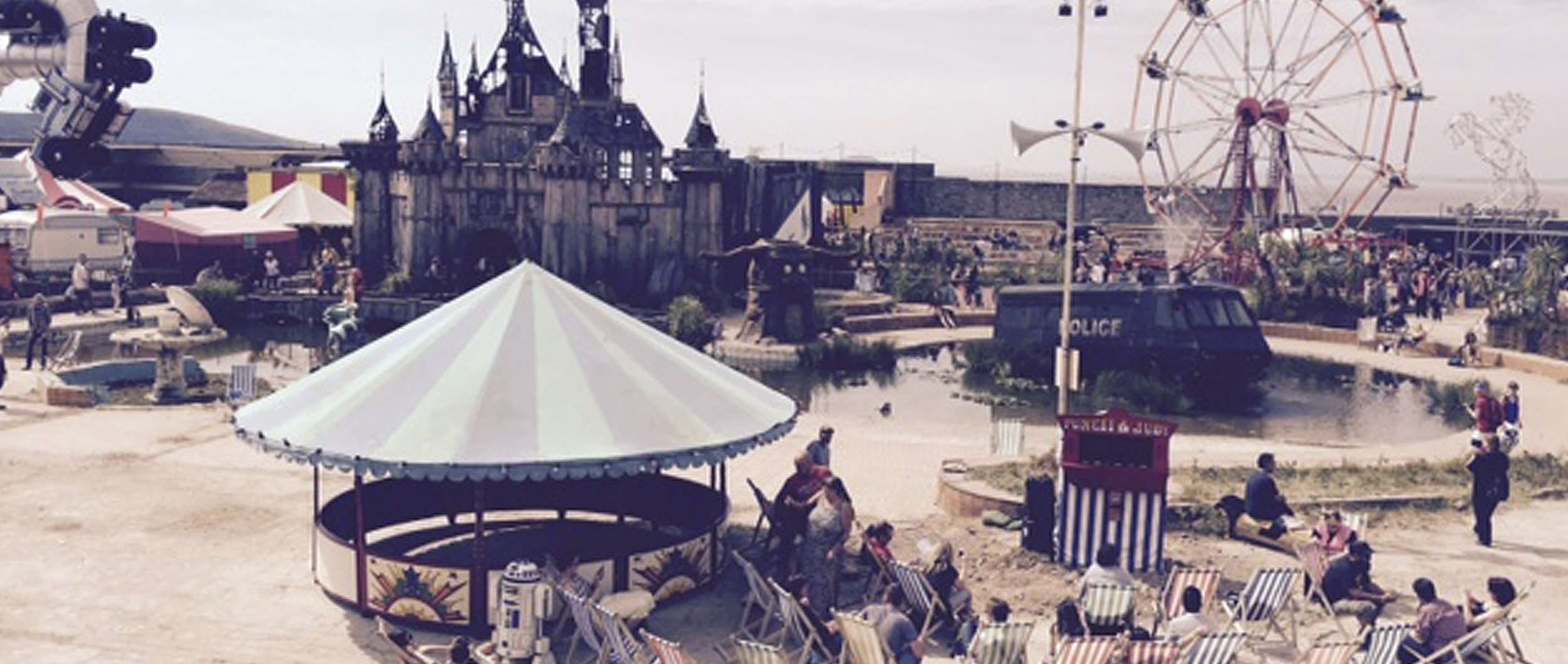On 10th October a group of us from Mobas were lucky enough to attend an exclusive visit to the East Anglian Air Ambulance (EAAA) base at Cambridge Airfield. The visit comprised a look at the helicopter, used in over 23,000 attended missions; a talk about the equipment they carry in the helicopter and rapid response car; and a viewing of footage from one of their emergency missions. Social Media Account Executive Harriet discusses what the team got up to.
For those of you who are not aware, EAAA provides a helicopter emergency medical service (HEMS) for the people of East Anglia and operates out of bases in Cambridge and Norwich. The service, which is only called out if the incident is critical, is not NHS-funded and therefore relies on fundraising and donations to cover the costs of providing their life-saving emergency work. The crew is made up of specialist pre-hospital doctors, critical care paramedics and two pilots who are called out, on average, about seven times a day to missions all around East Anglia.
When we arrived at the Cambridge base we were excited to see that the helicopter was sitting on the landing pad as this meant we could see the exact conditions they work in when saving someone’s life thousands of feet in the air. We were all amazed at the meticulous planning that goes into every minute: from receiving the phone call to getting back from a mission, every single step was thought about. The seating in the helicopter is designed so that every part of the patient’s body is accessible to the paramedics and doctors while they fly to the nearest emergency hospital.
Their kit bags consist of a blue bag and a red bag, organised into pouches so that each pouch contains the equipment needed for a particular procedure. The blue bag contains every piece of equipment needed to assist with airways, breathing and circulation, and the red bag contains additional equipment including blood test and ultrasound machines.
Their new portable ultrasound machine is something that I found especially interesting as it allows the crew to make decisions and minimise any false reassurance with serious issues such as internal bleeding. The use of the machine means that the clinicians can decide which hospital is best for the patient to go to and call ahead with vital information that allows necessary blood and theatres to be prepped for arrival – saving valuable minutes.
Finally, when the crew return from their mission, the base is designed so the rooms are in order of the crew’s post-mission routine.
Patrick Peal, CEO for EAAA, kindly showed us a fascinating clip of a real-life rescue mission featuring Dr Drew Welch, who we briefly met before the crew were called to an emergency, which really highlighted the difficult conditions the crew on the air ambulance have to deal with. The pilots must quickly assess a safe landing place in often unknown and badly lit surroundings, the clinicians sometimes have to perform surgery on the roadside and yet, despite all these obstacles the team work seamlessly to get the patient safely to an emergency hospital. Their sense of calm and flawless communication skills left us amazed.
With some of their equipment costing as much as £34,000 and each call-out costing about £3,500, EAAA needs people to raise as much money as they can for them. We definitely will be looking into signing up to one of their events very soon. Make sure you do too.
The whole team found the visit extremely eye-opening and Head of PR Amanda commented that ‘the tour was appreciated by the whole group and we look forward to looking into fundraising opportunities in the future’.
